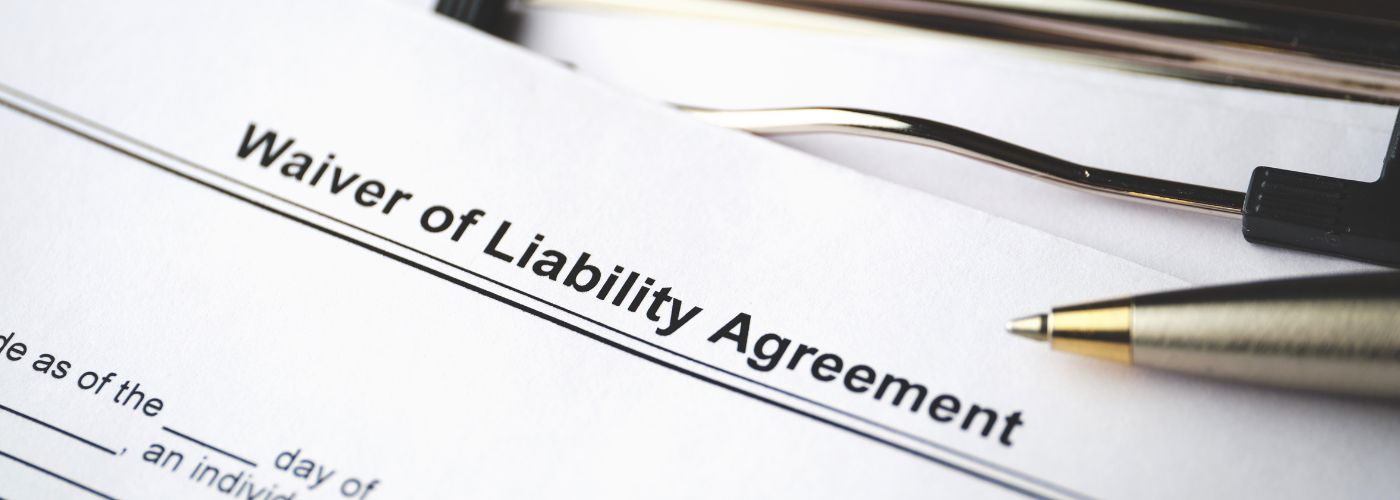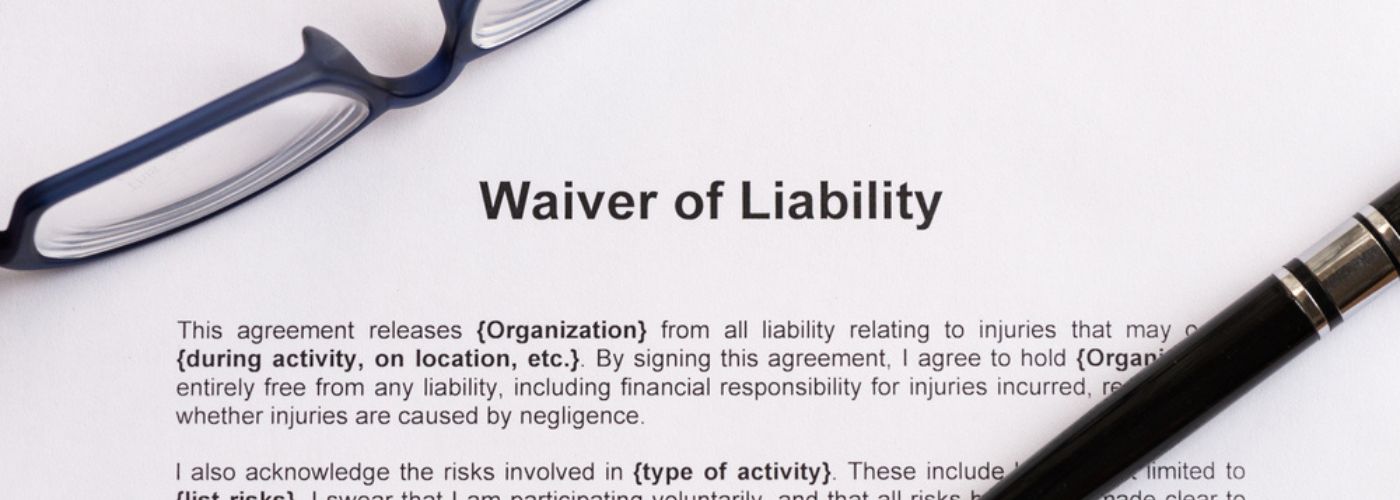When it comes to navigating personal injury situations, understanding the role of liability waivers is essential. Join us as we look at the intricacies of liability waivers and answer some key questions along the way.
From their definition to their legal standing in court, and considerations regarding notarization and validity duration, this guide aims to provide a comprehensive understanding of liability waivers and let you move forward with confidence.
What Is A Liability Waiver
A liability waiver, a release of liability or hold harmless agreement, is a legal document to protect one party from legal claims or lawsuits resulting from potential injuries or damages. In essence, it is a contract where an individual agrees to relinquish the right to sue for injuries sustained. While participating in an activity or using a service provided by another party.
These waivers are commonly encountered in various scenarios, such as participating in sports activities, fitness classes, and recreational events. Or even in certain services like skydiving or amusement park rides.
While the language and specific terms may vary, the fundamental purpose is to outline the risks involved and establish the participant’s acknowledgment of those risks.
Does A Liability Waiver Hold Up In Court?
The enforceability of a liability waiver can be a complex matter and is subject to scrutiny based on various factors. While waivers are designed to protect businesses and organizations from legal claims, their effectiveness depends on several key elements:
Clear and Unambiguous Language: The waiver must use clear and straightforward language to communicate the risks involved. Ambiguous or vague terms may weaken its enforceability.
Applicable State Laws: State laws play a crucial role in determining the enforceability of liability waivers. Some states may have specific regulations or limitations on how much a party can waive liability for certain actions.
Scope of Waiver: The waiver’s scope should align with the nature of the activity or service. Courts may question the validity of a waiver if it extends beyond reasonable expectations, or involves additional complications, such as issues related to vicarious liability.
Signer’s Understanding: Courts may assess whether the individual signing the waiver fully understood the terms and knowingly waived their right to pursue legal action.

Does A Liability Waiver Need To Be Notarized?
The requirement for notarization of a liability waiver depends on the specific laws of the jurisdiction and the preferences of the parties involved. In many cases, a notary public is not a mandatory component for a waiver to be legally binding.
However, notarizing a waiver can add an extra layer of credibility. And may serve as evidence that the document was voluntarily signed by the individual in question. Notarization provides independent verification of the signer’s identity and may help indicate that they were not under duress or coercion when signing the waiver.
While notarization can enhance the document’s validity, its absence does not necessarily render the waiver invalid. The key lies in the clarity of language, the signer’s understanding, and adherence to applicable state laws. It may also be important to note that a liability waiver, regardless of whether it is notarized, may not necessarily account for external factors in an injury or accident, such as being injured by a security guard or similar complications.
How Long Is A Liability Waiver Good For?
The validity and duration of a liability waiver depend on the terms outlined in the document itself. Some waivers are designed to cover a single event or activity, while others may have a broader scope and extend for a specified period. The duration is typically specified within the language of the waiver.
It’s crucial for both parties to clearly understand and agree upon the timeframe covered by the waiver. If the waiver is for a specific event, it may be applicable only for the duration of that event. On the other hand, waivers associated with ongoing services or activities may have a longer validity period.
Renewing a waiver may be necessary if the individual continues to participate in the same activity or service, after the expiration of the initial waiver. Ensuring that waivers are up-to-date and accurately reflect the current agreement is essential for maintaining legal protection.
Understanding liability waivers is essential for individuals navigating the legal landscape, particularly when considering participation in activities or using services that involve inherent risks. While waivers protect businesses and organizations. Their enforceability is subject to various factors, and seeking legal advice is advisable when questions arise.
If you find yourself in a situation where the validity of a waiver is in question. Consulting with a personal injury law firm can provide clarity and guidance tailored to your circumstances.



Filing A Case For An Injury At A Water Park in Las Vegas
Filing a case for an injury at a water park in Las Vegas is not
Jul
How To Sue A Las Vegas Nightclub For Your Injury
If you’ve found yourself on the receiving end of negligence or misconduct at a Las
Jul
Steps To Filing A Lawsuit Against A Casino
Walking into a vibrant casino, with its dazzling lights and the promise of fortune lingering
Jun
How To Handle Ride Share Accidents in Las Vegas
Las Vegas is a hotspot for ride-sharing services like Uber and Lyft. While these convenient
Jun